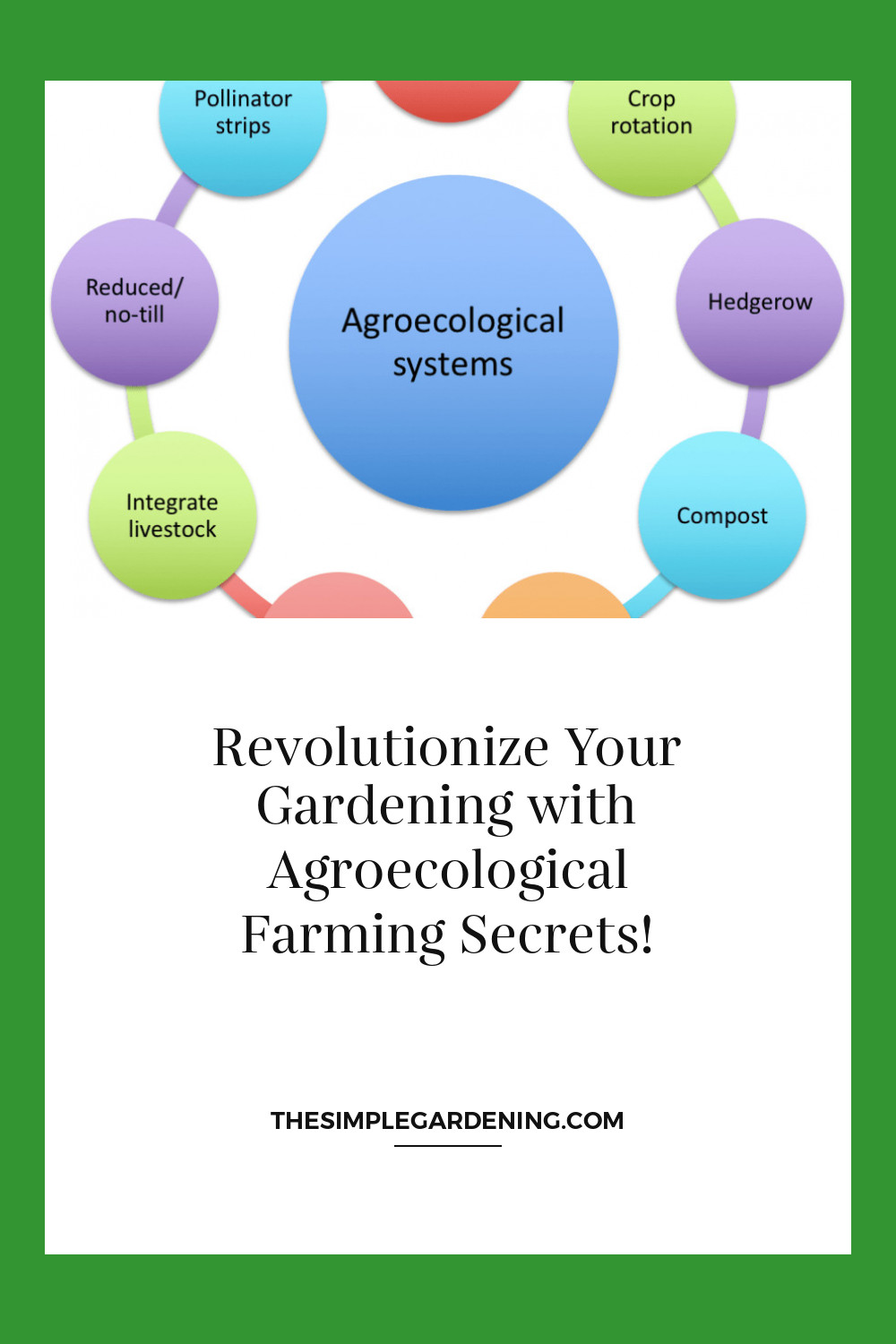What is Agroecological Farming?
Agroecological farming is an approach that integrates ecological principles into agricultural production. It emphasizes sustainability, biodiversity, and the enhancement of natural ecosystems to create resilient and productive farming systems.
| Aspect | Description |
|---|---|
| Definition | Farming method integrating ecological principles into agricultural practices |
| Focus | Sustainability, biodiversity, ecosystem health |
| Key Practices | Crop rotation, polyculture, natural pest control |
| Benefits | Improved soil health, reduced chemical use, enhanced biodiversity |
| Examples | Organic farming, permaculture, biodynamic farming |
Principles of Agroecology
Agroecology is grounded in several key principles that guide the development and management of farming systems. These principles aim to create harmonious and sustainable interactions between plants, animals, humans, and the environment.
| Principle | Description |
|---|---|
| Diversity | Encouraging a variety of species and genetic diversity |
| Synergy | Enhancing beneficial interactions among species |
| Efficiency | Reducing waste and optimizing resource use |
| Resilience | Building systems capable of withstanding shocks and stresses |
| Recycling | Closing nutrient loops and minimizing external inputs |
Understanding Ecological Gardening
Concept and Importance
Ecological gardening focuses on cultivating plants in a way that supports and enhances the natural ecosystem. This approach is essential for maintaining healthy environments and sustainable food production.
| Concept | Description |
|---|---|
| Definition | Gardening method that supports natural ecosystems |
| Importance | Maintains biodiversity, supports pollinators, improves soil health |
| Key Practices | Native planting, organic amendments, water conservation |
| Environmental Impact | Reduces pollution, conserves water, enhances wildlife habitat |
| Long-term Benefits | Sustainable food production, resilient garden ecosystems |
Key Practices in Ecological Gardening
Implementing ecological gardening involves several practices that help create a thriving and balanced garden environment.
| Practice | Description |
|---|---|
| Native Planting | Using plants native to the local area to support local wildlife |
| Composting | Recycling organic waste into nutrient-rich soil amendments |
| Mulching | Covering soil with organic material to retain moisture and suppress weeds |
| Water Conservation | Using efficient irrigation and rainwater harvesting |
| Companion Planting | Growing plants together that benefit each other |
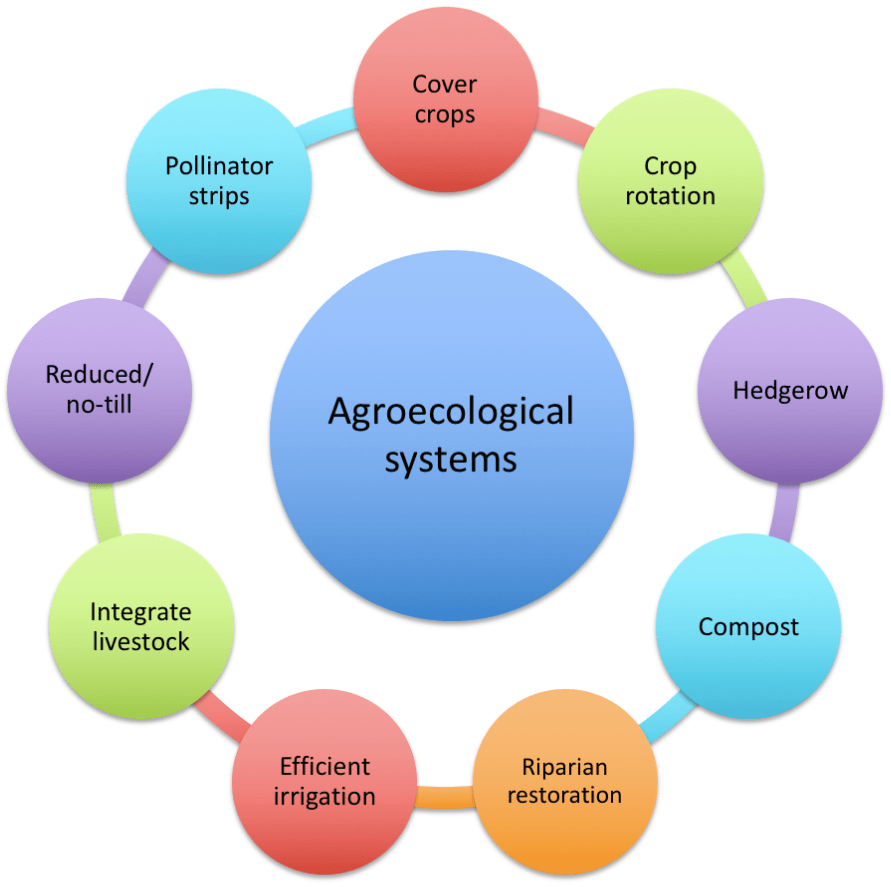
Source Image: caff.org
The Interconnection of Agroecology and Ecological Gardening
How Agroecology Principles Apply to Gardening
Agroecology principles can be seamlessly integrated into gardening practices, enhancing both the garden’s productivity and its ecological health.
| Agroecology Principle | Application in Gardening |
|---|---|
| Diversity | Planting a variety of species to promote a balanced ecosystem |
| Synergy | Combining plants that support each other’s growth |
| Efficiency | Optimizing resource use through careful planning and management |
| Resilience | Creating systems that can recover from environmental stresses |
| Recycling | Using compost and organic amendments to close nutrient loops |
Mutual Benefits for Ecosystem and Harvest
By incorporating agroecological practices, gardeners can achieve bountiful harvests while simultaneously supporting the surrounding ecosystem.
| Benefit | Ecosystem Impact |
|---|---|
| Enhanced Biodiversity | Supports pollinators and beneficial insects |
| Soil Health | Improves soil structure and fertility |
| Water Management | Reduces runoff and conserves water |
| Pest Control | Minimizes pest populations through natural predators |
| Productivity | Increases yield through sustainable practices |
Designing Your Agroecological Garden
Site Assessment and Planning
A successful agroecological garden starts with thorough site assessment and careful planning.
| Aspect | Description |
|---|---|
| Soil Testing | Analyzing soil composition and nutrient levels |
| Sunlight Analysis | Determining areas of full sun, partial shade, and shade |
| Water Sources | Identifying available water sources and potential for rainwater harvesting |
| Climate Considerations | Understanding local climate and selecting appropriate plants |
| Garden Layout | Planning garden design to optimize plant growth and resource use |
Integration of Natural Elements
Integrating natural elements such as water features, native plants, and wildlife habitats can enhance the garden’s ecological balance.
| Element | Description |
|---|---|
| Water Features | Ponds, streams, or rain gardens to support wildlife and manage water |
| Native Plants | Plants adapted to local conditions that support native wildlife |
| Wildlife Habitats | Creating spaces for birds, insects, and other beneficial animals |
| Soil Amendments | Using organic materials to improve soil fertility and structure |
| Natural Barriers | Hedges, windbreaks, and other structures to protect and support the garden |
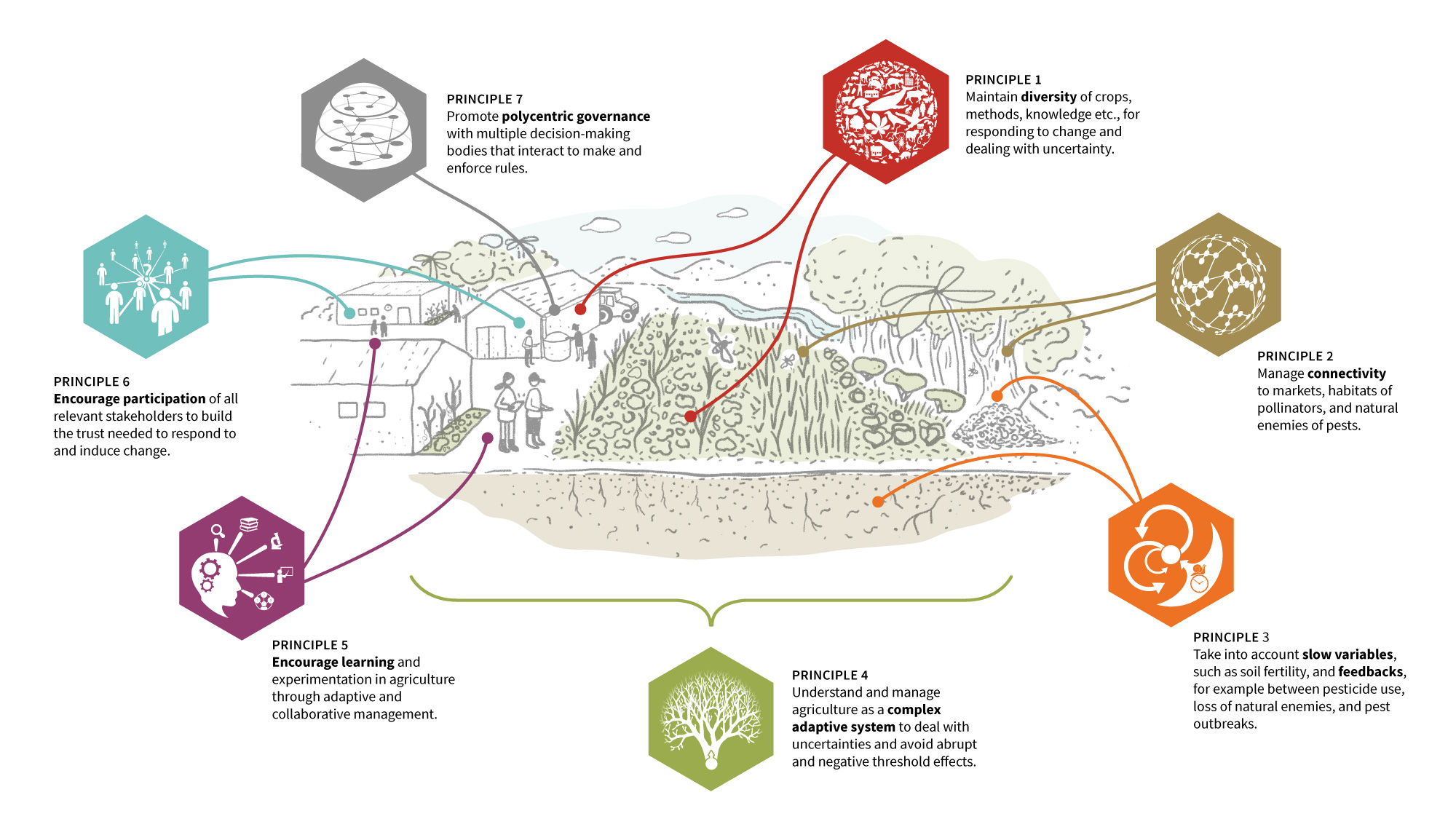
Source Image: www.organicwithoutboundaries.bio
Soil Health and Fertility Management
Soil Structure and Composition
Healthy soil is the foundation of a productive garden. Understanding and improving soil structure and composition is essential.
| Soil Component | Description |
|---|---|
| Texture | The size of soil particles (sand, silt, clay) |
| Organic Matter | Decomposed plant and animal material that improves soil fertility |
| pH Level | The acidity or alkalinity of the soil, affecting nutrient availability |
| Microorganisms | Beneficial bacteria, fungi, and other organisms that enhance soil health |
| Nutrient Content | Essential nutrients (N, P, K, etc.) needed for plant growth |
Techniques for Building Healthy Soil
Several techniques can help build and maintain healthy soil in your garden.
| Technique | Description |
|---|---|
| Composting | Adding compost to improve soil structure and nutrient content |
| Cover Cropping | Planting cover crops to prevent erosion and add organic matter |
| Mulching | Using organic mulch to retain moisture and suppress weeds |
| Crop Rotation | Alternating crops to maintain soil health and prevent disease |
| Green Manure | Growing plants to be tilled back into the soil to improve fertility |
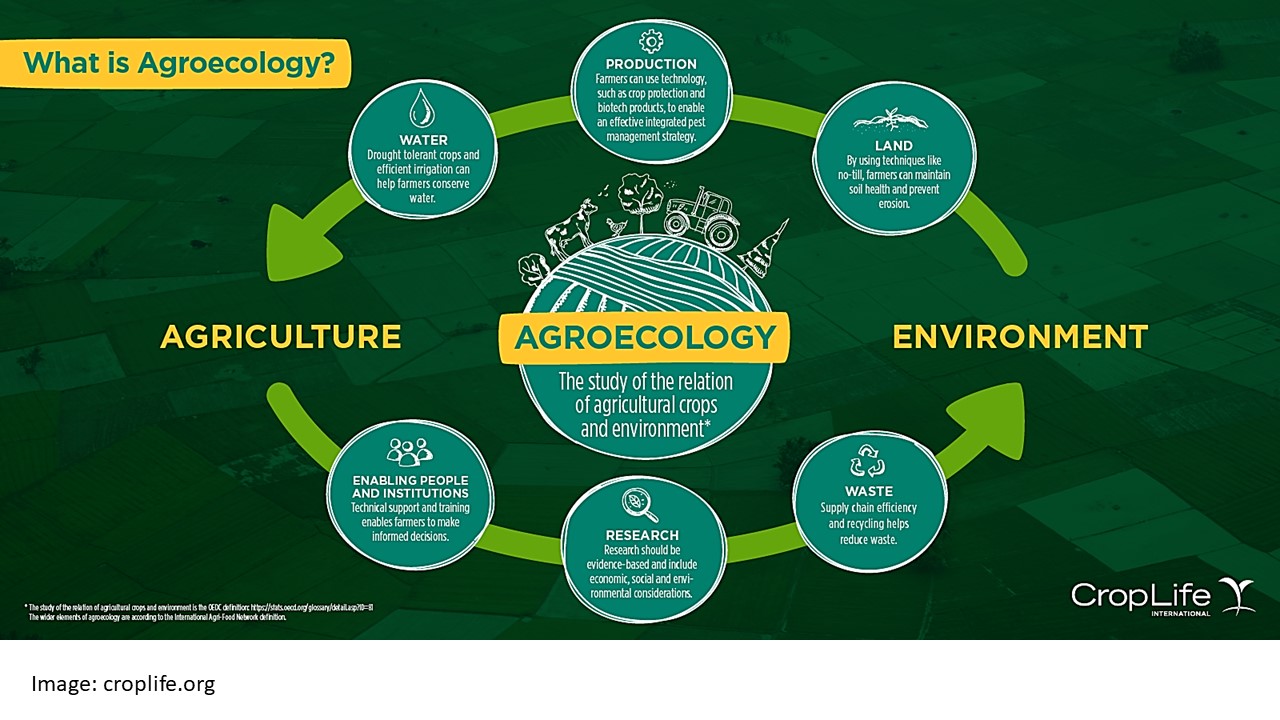
Source Image: www.ecofooddev.com
Biodiversity Enhancement
Importance of Biodiversity in Agroecology
Biodiversity is crucial for maintaining resilient and productive ecosystems.
| Aspect | Description |
|---|---|
| Ecosystem Balance | Supports a variety of species and natural interactions |
| Pest Control | Encourages natural predators to manage pest populations |
| Pollination | Attracts pollinators essential for crop production |
| Soil Health | Enhances soil structure and nutrient cycling |
| Resilience | Builds systems that can withstand environmental changes |
Strategies for Promoting Diversity in Your Garden
Implementing strategies to enhance biodiversity can lead to a healthier and more productive garden.
| Strategy | Description |
|---|---|
| Polyculture | Growing multiple crops together |
| Native Planting | Using plants native to the local area |
| Creating Habitats | Providing shelters and food sources for wildlife |
| Planting Flowers | Attracting pollinators with a variety of flowering plants |
| Avoiding Monoculture | Reducing reliance on a single crop to prevent pest and disease issues |
Water Conservation and Management
Efficient Irrigation Methods
Efficient irrigation is essential for conserving water while ensuring plants receive adequate moisture.
| Method | Description |
|---|---|
| Drip Irrigation | Delivers water directly to plant roots, reducing evaporation |
| Soaker Hoses | Provides slow, deep watering to the root zone |
| Mulching | Retains soil moisture and reduces the need for frequent watering |
| Timed Irrigation | Uses timers to water plants during cooler parts of the day |
| Rain Sensors | Prevents overwatering by detecting rainfall |
Rainwater Harvesting Techniques
Harvesting rainwater is a sustainable way to reduce water use and support garden health.
| Technique | Description |
|---|---|
| Rain Barrels | Collecting rainwater from roofs for garden use |
| Rain Gardens | Designing garden areas to capture and absorb rainwater |
| Swales | Creating shallow channels to direct water into the soil |
| Permeable Paving | Using materials that allow water to infiltrate rather than run off |
| Water Tanks | Storing large quantities of rainwater for later use |

Source Image: www.wur.nl
Agroecological Farming Systems
Pest and Disease Control
Prevention Strategies without Chemicals
Preventing pests and diseases without chemicals is a core principle of agroecological gardening.
| Strategy | Description |
|---|---|
| Crop Rotation | Prevents the buildup of pests and diseases by changing planting locations |
| Sanitation | Removing plant debris to reduce disease sources |
| Resistant Varieties | Choosing plant varieties with natural resistance to pests and diseases |
| Healthy Soil | Maintaining soil health to support strong, resilient plants |
| Physical Barriers | Using nets, row covers, and other barriers to protect plants |
Natural Pest Management Solutions
Natural pest management involves using ecological methods to control pests.
| Solution | Description |
|---|---|
| Beneficial Insects | Introducing or encouraging insects that prey on pests |
| Companion Planting | Planting species that repel pests or attract beneficial insects |
| Biological Controls | Using natural predators, parasites, or pathogens to control pests |
| Neem Oil | A natural pesticide derived from the neem tree |
| Diatomaceous Earth | A natural powder that damages the exoskeletons of insects |
Companion Planting and Polyculture
Benefits of Companion Planting
Companion planting involves growing plants together that benefit each other in various ways.
| Benefit | Description |
|---|---|
| Pest Control | Some plants repel pests that affect neighboring plants |
| Nutrient Cycling | Different plants use and replenish soil nutrients in complementary ways |
| Pollination | Attracting pollinators to benefit multiple crops |
| Space Efficiency | Maximizing use of garden space |
| Plant Support | Tall plants providing shade or physical support for smaller plants |
Creating Diverse Plant Communities
Creating diverse plant communities can enhance garden health and productivity.
| Approach | Description |
|---|---|
| Polyculture | Growing multiple crops together in the same space |
| Intercropping | Planting rows of different crops together |
| Succession Planting | Planting crops in stages to ensure continuous harvest |
| Vertical Gardening | Using structures to grow plants upwards, maximizing space |
| Guild Planting | Grouping plants with complementary functions |
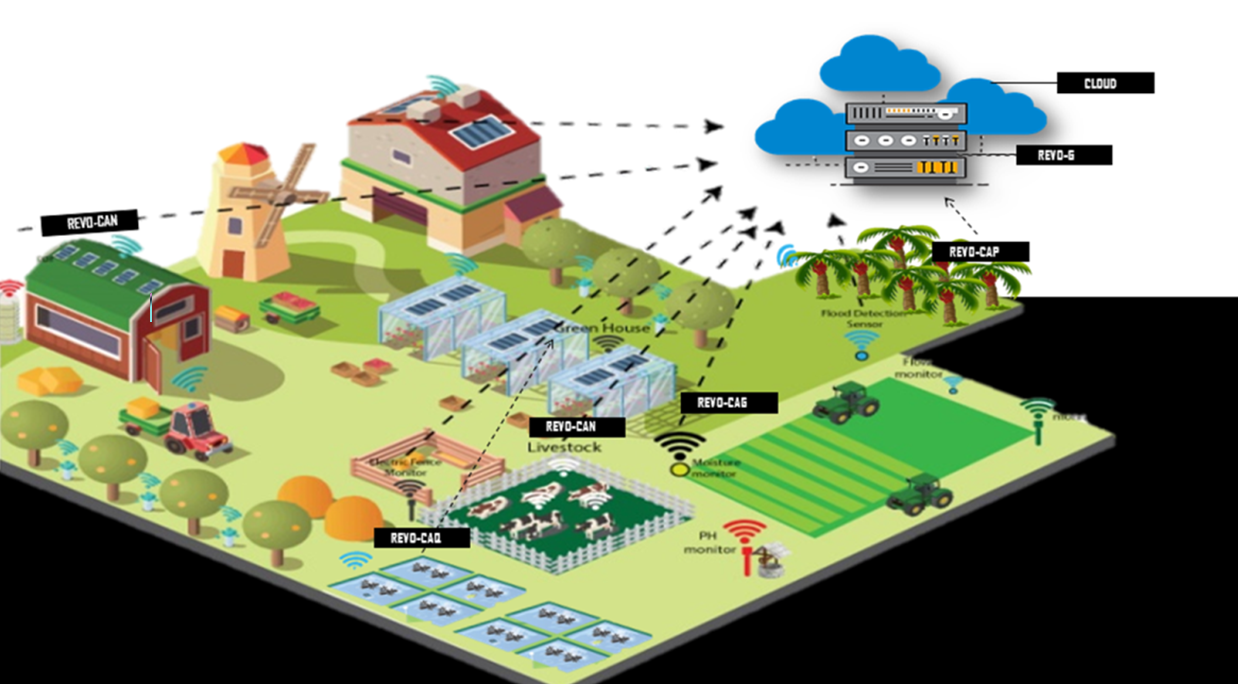
Source Image: revoganix.com
Crop Rotation and Succession Planting
Principles and Benefits
Crop rotation and succession planting are essential practices for maintaining soil health and productivity.
| Principle | Description |
|---|---|
| Crop Rotation | Alternating crops to prevent pest and disease buildup |
| Succession Planting | Staggering plantings for continuous harvest |
| Soil Fertility | Enhancing soil nutrients through varied plant roots |
| Pest Management | Reducing pest populations by changing crop locations |
| Yield Optimization | Maximizing harvests through efficient use of space and time |
Planning Your Crop Rotation Schedule
A well-planned crop rotation schedule can significantly improve garden productivity.
| Crop Group | Rotation Sequence |
|---|---|
| Legumes | First year: Fix nitrogen in the soil |
| Leafy Greens | Second year: Utilize nitrogen-rich soil |
| Fruiting Vegetables | Third year: Benefit from improved soil structure |
| Root Crops | Fourth year: Deep roots break up soil and utilize remaining nutrients |
| Cover Crops | Fifth year: Replenish soil with organic matter |
Agroforestry in Gardening
Incorporating Trees and Shrubs
Incorporating trees and shrubs into your garden can provide numerous ecological benefits.
| Benefit | Description |
|---|---|
| Shade | Reduces soil temperature and moisture loss |
| Windbreak | Protects garden plants from wind damage |
| Habitat | Provides homes for birds and beneficial insects |
| Nutrient Cycling | Deep roots bring nutrients to the surface |
| Aesthetic Value | Enhances the visual appeal of the garden |
Agroforestry Techniques for Urban and Rural Gardens
Agroforestry techniques can be adapted to both urban and rural garden settings.
| Technique | Description |
|---|---|
| Alley Cropping | Growing crops between rows of trees |
| Silvopasture | Integrating trees and shrubs with livestock grazing |
| Forest Gardens | Designing multi-layered gardens with trees, shrubs, and ground covers |
| Riparian Buffers | Planting trees and shrubs along waterways to prevent erosion |
| Urban Agroforestry | Using trees and shrubs in city gardens and green spaces |
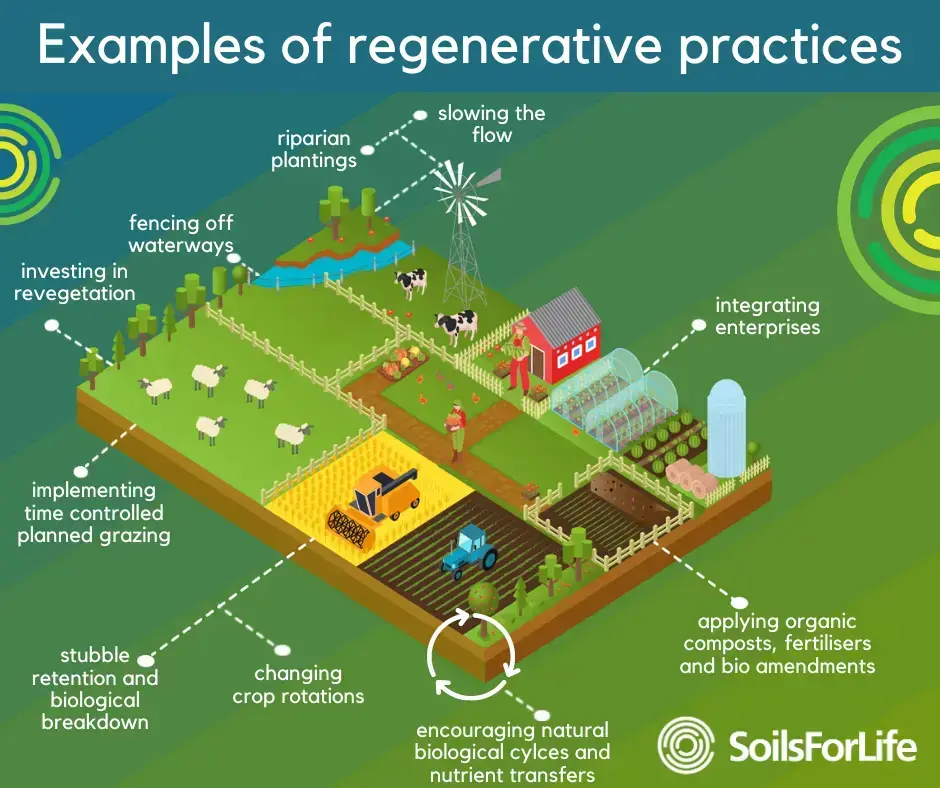
Source Image: soilsforlife.org.au
Organic Fertilization Methods
Composting Essentials
Composting is a cornerstone of organic fertilization, transforming organic waste into valuable soil amendments.
| Material | Description |
|---|---|
| Green Materials | Nitrogen-rich materials like vegetable scraps and grass clippings |
| Brown Materials | Carbon-rich materials like leaves and straw |
| Aeration | Turning the compost to introduce oxygen |
| Moisture | Keeping the compost pile damp but not waterlogged |
| Finished Compost | Dark, crumbly material ready to enrich garden soil |
Utilizing Organic Amendments
Organic amendments can improve soil structure, fertility, and biological activity.
| Amendment | Description |
|---|---|
| Compost | Adds organic matter and nutrients |
| Manure | Rich in nutrients, must be well-composted |
| Bone Meal | Provides phosphorus for root development |
| Blood Meal | High in nitrogen, promotes leafy growth |
| Fish Emulsion | Liquid fertilizer rich in nutrients |
Season Extension Techniques
Extending the Growing Season
Extending the growing season allows gardeners to enjoy fresh produce for longer periods.
| Technique | Description |
|---|---|
| Cold Frames | Structures that protect plants from frost |
| Hoop Houses | Semi-permanent structures that extend the growing season |
| Row Covers | Fabric covers that protect plants from cold and pests |
| Greenhouses | Permanent structures for year-round growing |
| Mulching | Insulates soil and retains heat |
Cold Frames, Hoop Houses, and Other Structures
Using structures like cold frames and hoop houses can protect plants and extend the harvest season.
| Structure | Description |
|---|---|
| Cold Frames | Simple, low-cost structures for protecting plants |
| Hoop Houses | Flexible, semi-permanent tunnels that extend the growing season |
| Greenhouses | Permanent, controlled environments for year-round growing |
| Shade Cloth | Reduces heat and light intensity for cool-season crops |
| Cloche | Individual plant covers for frost protection |
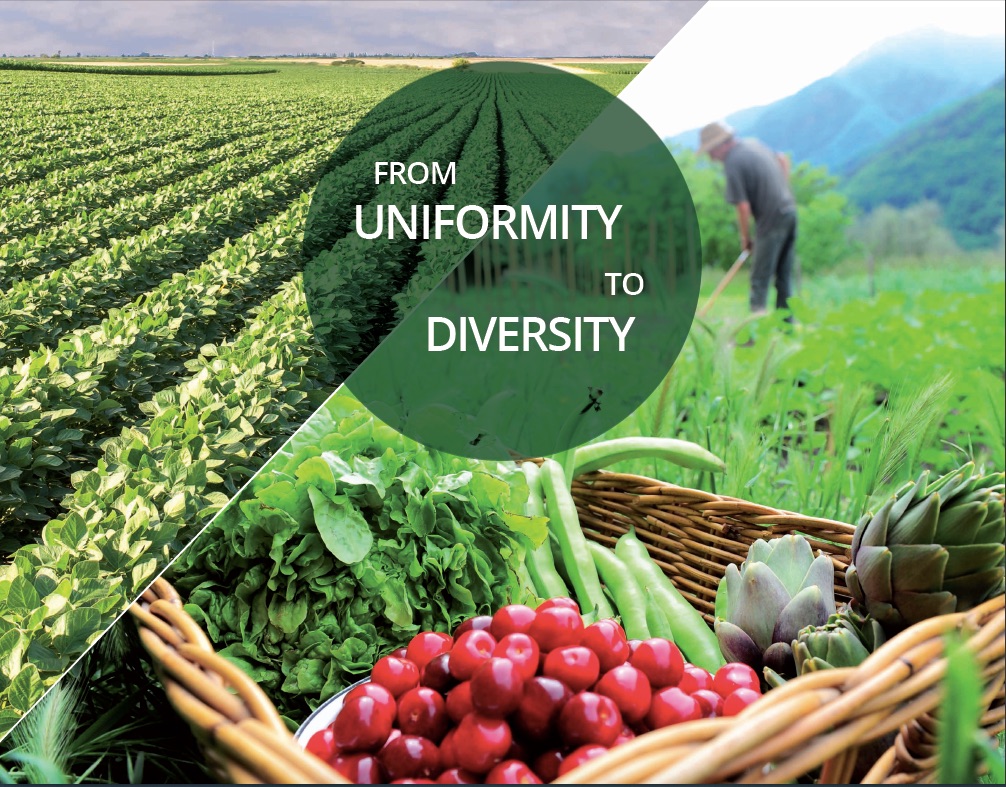
Source Image: www.irishenvironment.com
Harvesting and Preservation
Timing Your Harvests
Harvesting at the right time is crucial for obtaining the best flavor and nutritional value from your produce.
| Crop | Optimal Harvest Time |
|---|---|
| Tomatoes | When fully colored and slightly soft |
| Lettuce | When leaves are tender and before bolting |
| Carrots | When roots are full-sized but not woody |
| Peppers | When fruits are fully colored |
| Herbs | When leaves are vibrant and before flowering |
Methods for Preserving Your Garden Bounty
Preserving your harvest ensures you can enjoy your garden’s bounty year-round.
| Method | Description |
|---|---|
| Canning | Preserving fruits and vegetables in jars |
| Freezing | Storing produce in the freezer to extend shelf life |
| Drying | Removing moisture to preserve fruits, vegetables, and herbs |
| Fermenting | Using beneficial bacteria to preserve and enhance flavor |
| Pickling | Preserving vegetables in vinegar brine |
Community Engagement and Knowledge Sharing
Building a Community around Agroecological Gardening
Creating a community around agroecological gardening can enhance knowledge sharing and support.
| Activity | Description |
|---|---|
| Community Gardens | Shared spaces for growing food and learning together |
| Workshops | Educational sessions on gardening techniques |
| Seed Swaps | Exchanging seeds to promote biodiversity |
| Garden Tours | Showcasing successful gardens to inspire others |
| Volunteer Programs | Opportunities for community members to contribute |
Sharing Skills and Resources within Your Community
Sharing skills and resources helps build a stronger, more knowledgeable gardening community.
| Resource | Description |
|---|---|
| Tool Libraries | Sharing gardening tools and equipment |
| Knowledge Sharing | Offering tips, advice, and experiences |
| Collaborative Projects | Working together on larger gardening initiatives |
| Educational Materials | Providing books, pamphlets, and online resources |
| Mentorship Programs | Experienced gardeners guiding beginners |
By adopting agroecological farming systems, we can create gardens that are not only productive but also harmonious with the natural world. Through practices like biodiversity enhancement, soil health management, and community engagement, we can cultivate a sustainable future for our gardens and our planet.

